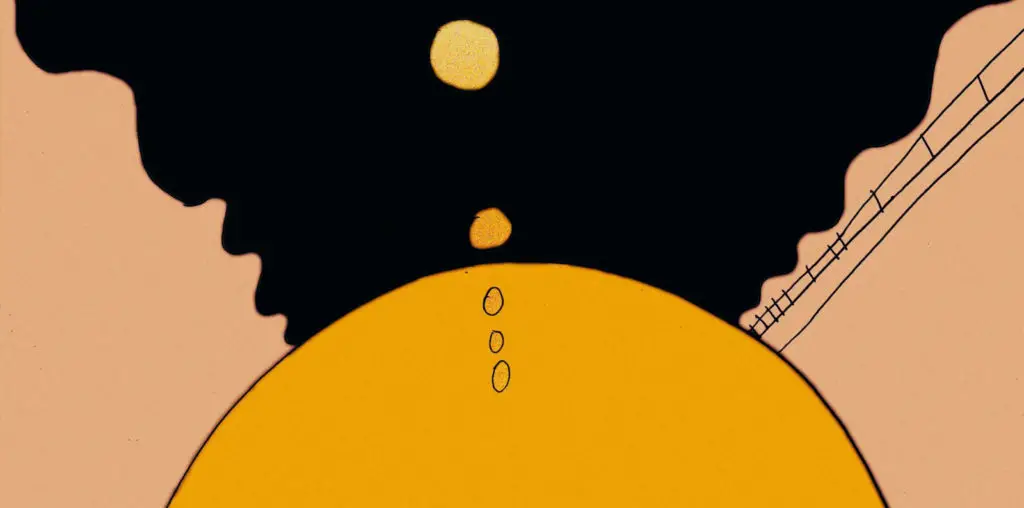
For starters, take the typical misconceptions about her influential anti-auteurist essay, “Circles and Squares,” published in Film Quarterly in 1963: it’s not “anti-auteurist,” as almost every writer on Kæl has assumed, it’s “anti-auteur theory.” She was primarily making polemic against such American auteurist critics like Andrew Sarris and Peter Bogdanovich, writing against Sarris’ “Notes on the Auteur Theory in 1962” (which, ironically, was written in response to an anti-auteur Cahiers du Cinéma article written by André Bazin). It’s been oft quoted as one of the killers of the French New Wave’s success in America, and the broad assumption was that Kæl’s diatribe precluded her from believing in any individual authorship in film. But how many people have actually read the essay? ^ How can these “auteurist” critics, sensible enough to deflate our overblown message movies, reject the total content of a work as unimportant and concentrate on signs of a director’s “personality” and “interior meaning”? It’s understandable that they’re trying to find movie art in the loopholes of commercial production-it’s a harmless hobby and we all play it now and then. What’s incomprehensible is that they prefer their loopholes to unified film expression. If they weren’t so determined to exalt products over works that attempt to express human experience, wouldn’t they have figured out that the mise-en-scène which they seek out in these products, the director’s personal style which comes through despite the material, is only a mere suggestion, a hint of what an artist can do when he’s in control over the material, when the whole film becomes expressive? Isn’t it obvious that mise-en-scène and subject material-form and content-can be judged separately only in bad movies or trivial ones? It must be black comedy for directors to read this new criticism and discover that films in which they felt trapped and disgusted are now said to be their masterpieces. It’s æsthetics for 1984: failure is success.
She wasn’t attacking the idea that there could be an author for a film! She was attacking the need to elevate studio-product-trash-hell to some higher echelon, higher than uninhibited cinematic expression.
Sarris had since dropped glib attack after glib attack against Kæl almost continuously since the article’s publication, while Kæl had stayed hushed, stating simply, “I said what I had to about his theory…. I was always so surprised he took it so personally.” Most critics have jumped on her “sudden” predilection towards auteurism, taking such “favorites” in her directors as Robert Altman (“I used to say he made a good one and then he made a bad one, and so on”), Sam Peckinpah (she called “Straw Dogs,” earnestly, “a fascist piece of art”), Martin Scorsese (she has essentially considered him “a failure” from “Raging Bull” on, although she liked his “Life Lessons” short in New York Stories), Francis Ford Coppola (she didn’t like “The Conversation,” and assumed that he works well only on large scales), Jean-Luc Godard (she wasn’t necessarily ecstatic, like the rest of the world, about his ’70s video period), Jean Renoir (“his later movies-from the period in which I knew him (sometime in the fifties)-I didn’t care for very much. He knew that, and it was a source of great pain for us both”); the closest for whom she consistently defended was Brian De Palma, but even movies like “The Untouchables” and “The Bonfire of the Vanities” were left unsanctified. Why Kæl was considered an anti-auteurist is unfathomable-she believed more in auteurism than almost all American directors working today. If anyone has opened himself or herself to her writing, it seems brazenly obvious that she looked for the artist’s personality in movies, a personality that brought forth a sensorial, sensual appeal. She looked for the immediate, trashy, tawdry, colloquial appeal in all movies, ones that would turn a blank room into an experience.
How did Kæl view film authorship and auteurism? Her other widely contended, controversial essay is the universally decried “Raising Kane,” which controversially posited that “Citizen Kane”‘s co-writer, Herman J. Mankiewicz, was the sole writer. Kæl’s “Kane” was part biography for Mankiewicz, part biography for Marion Davies (William Randolph Hearst’s mistress), part scandal re-telling of the brouhaha to suppress “Kane,” part research of Welles’ and Mankiewicz’s work habits, and part analysis of “Kane” itself-but was all bravery, going after the medium’s watermark, and largely offending cineastes through and though. Then again: HAS ANYONE ACTUALLY READ THE ESSAY?
Get the whole story in part three of SHE KEPT IT AMIDST THE MEDIOCRITY>>>
